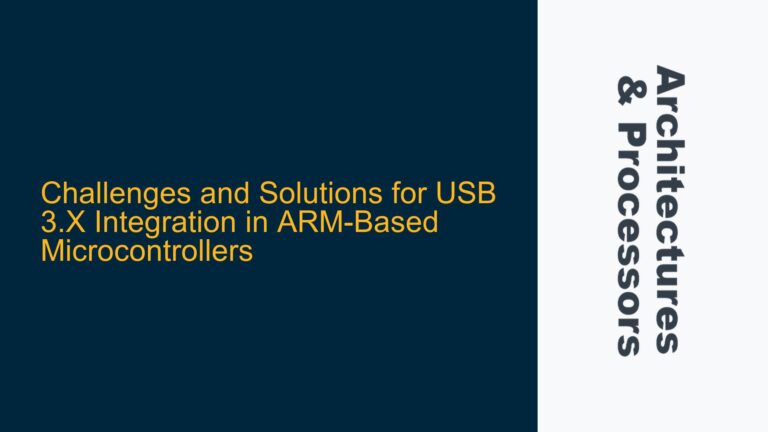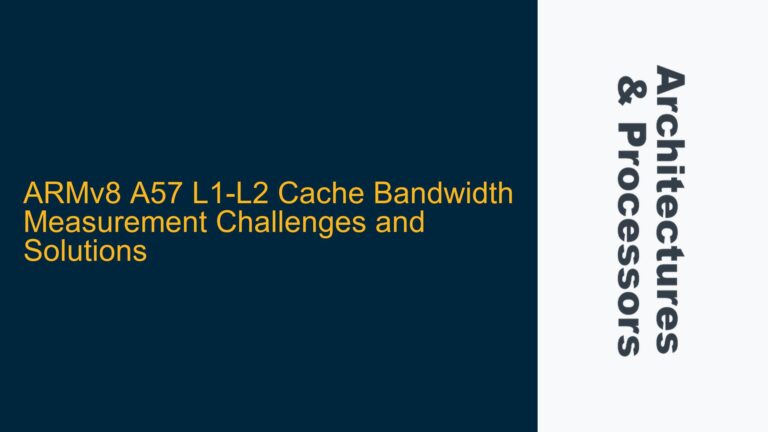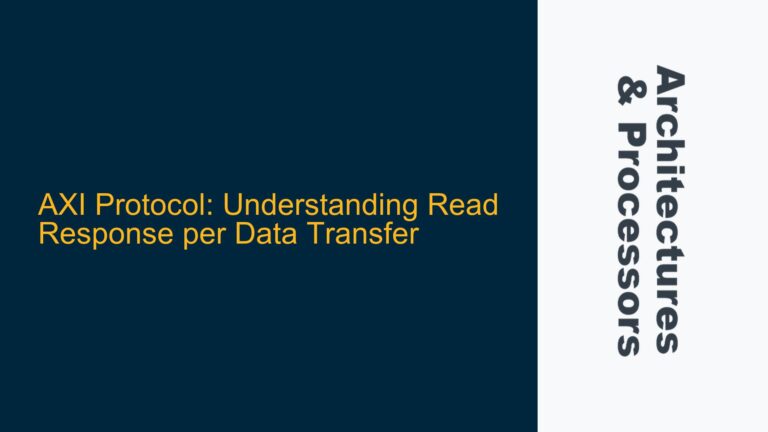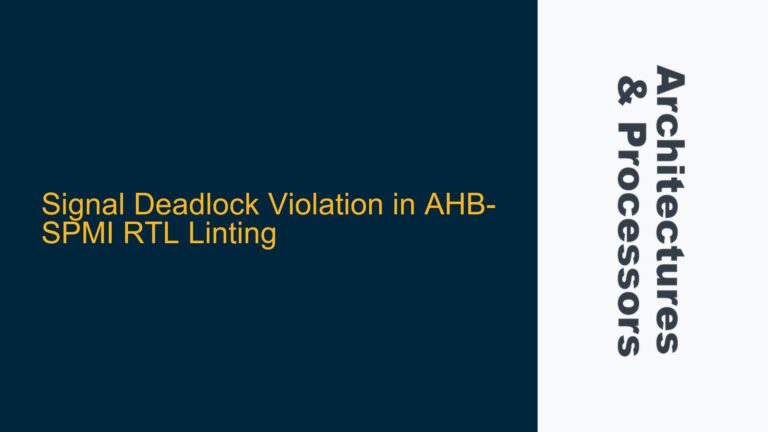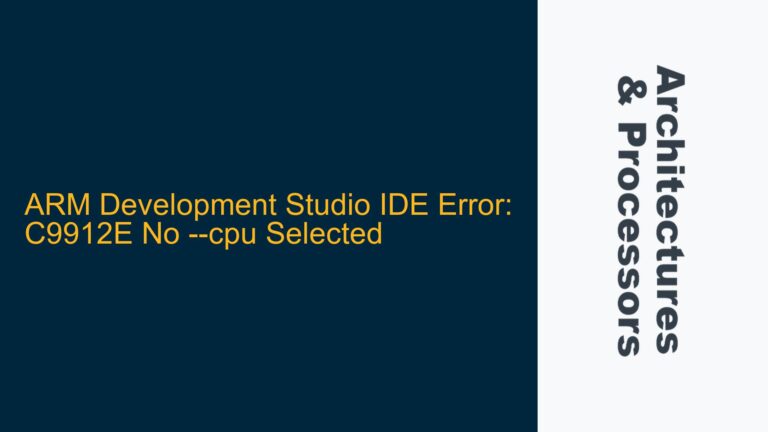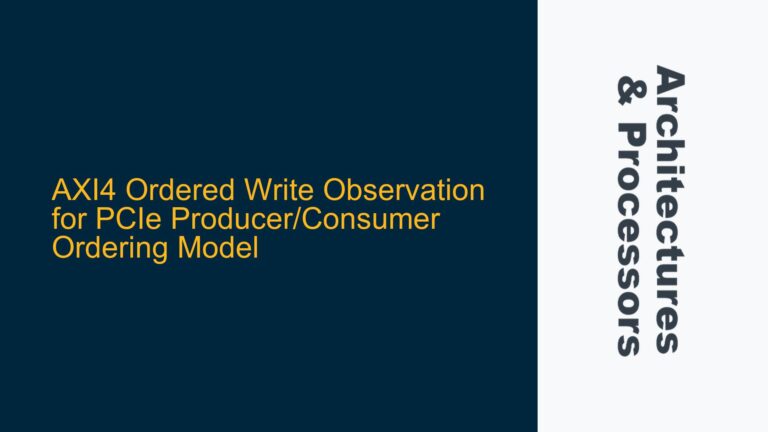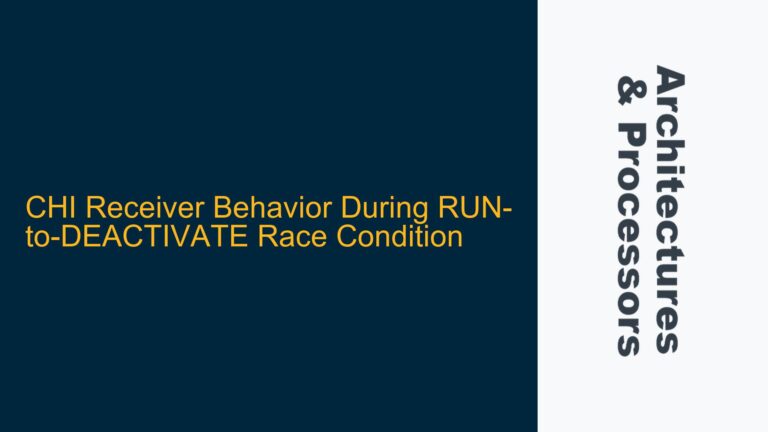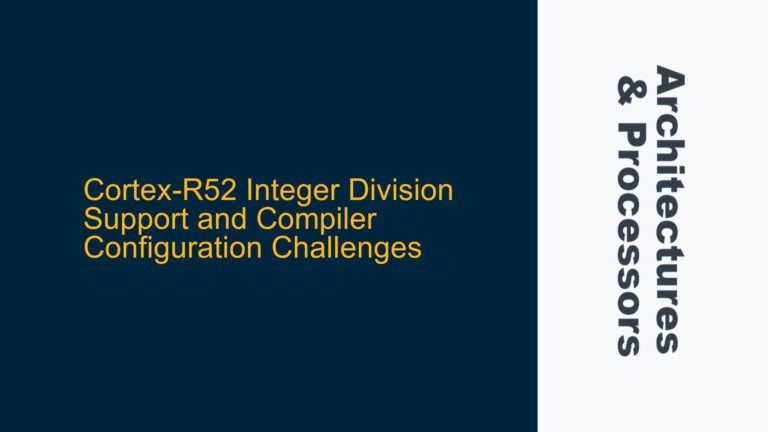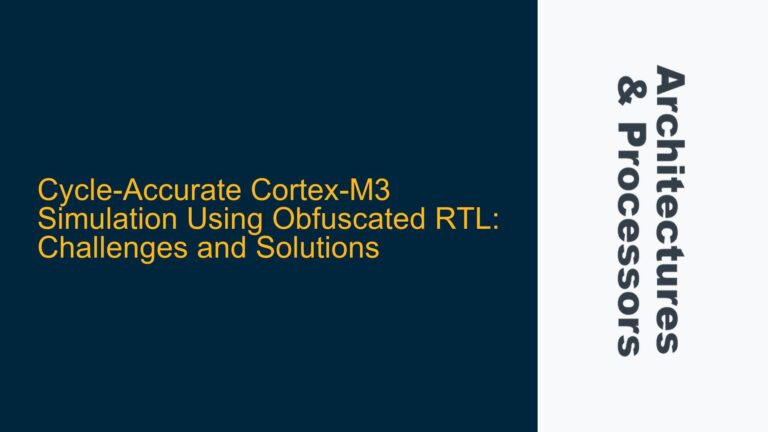Challenges and Solutions for USB 3.X Integration in ARM-Based Microcontrollers
USB 3.X Implementation Challenges in ARM-Based Microcontrollers The integration of USB 3.X interfaces into ARM-based microcontrollers presents a unique set of challenges that have contributed to its limited adoption. USB 3.X, which includes USB 3.1 Gen 2 (USB3.2 Gen 2 x1) and USB 3.2 Gen 2 x 2, offers significant improvements in data transfer rates…
